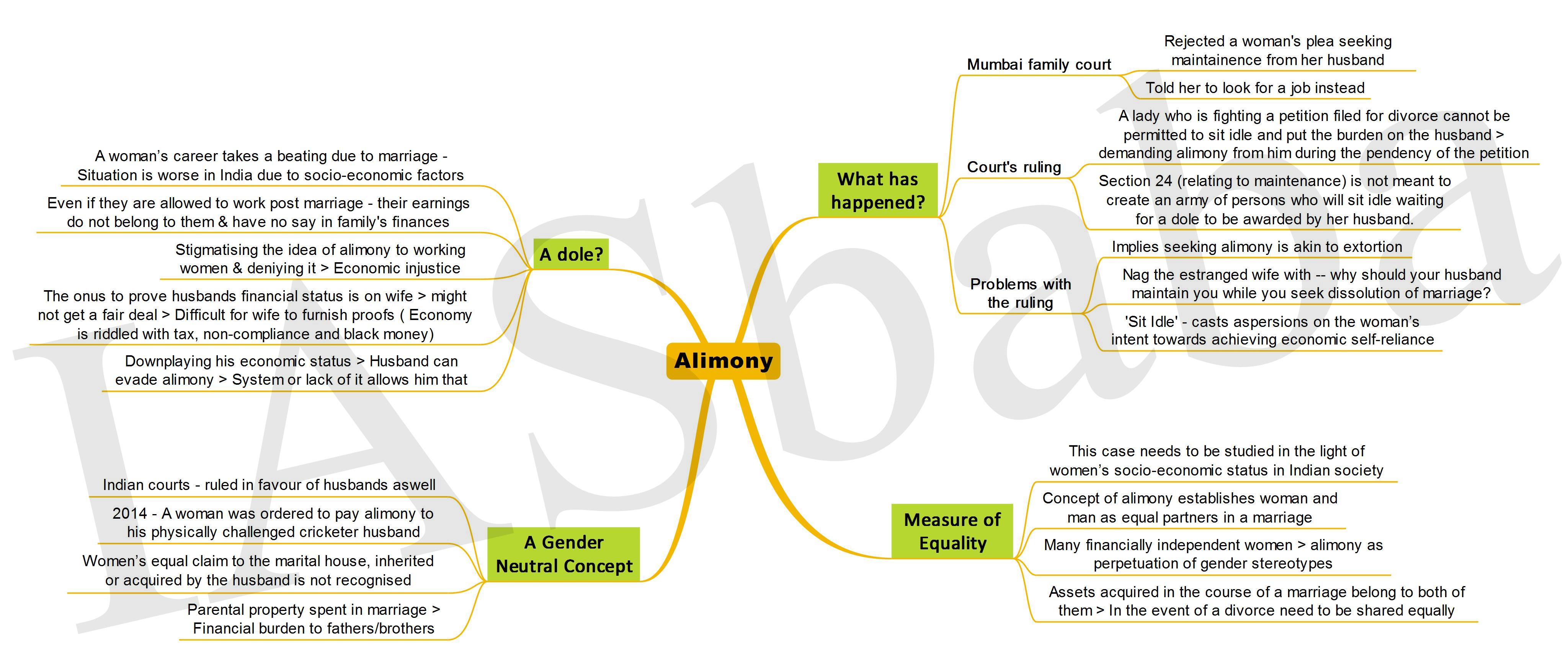IASbaba's Daily Current Affairs Analysis, IASbaba's Daily Current Affairs March 2016, UPSC
Archives
IASbaba’s Daily Current Affairs – 31st March, 2016
ECONOMICS
TOPIC:
General studies 2:
- Government policies and interventions for development in various sectors and issues arising out of their design and implementation.
General studies 3:
- Indian Economy and issues relating to planning, mobilization of resources, growth, development and employment
- Effects of liberalization on the economy, changes in industrial policy and their effects on industrial growth.
100% FDI in e commerce: An evaluation
- The government recently announced rules for foreign direct investment in online
 retail firms to attract more foreign investments in the fast growing retail sector(Goldman Sachs estimates the market for the sector to be $69 billion by 2020).
retail firms to attract more foreign investments in the fast growing retail sector(Goldman Sachs estimates the market for the sector to be $69 billion by 2020).
What does the policy say on percentage of FDI?
Foreign investors can now own 100 % in e-commerce firms, but only those having a market place model.
Some important definitions:
Market based model: It means providing an IT platform and acting as a facilitator between buyer and seller (vendor). Simply putting, the e-commerce firm is merely acting as an intermediary.
Inventory-based model: it is a model where the e-commerce entity owns the goods and services, and sells to consumers directly.
How does the policy affect a market based e commerce firm?
At the outside it may look good for the firms as they can raise more foreign investments and expand the business in India.
However two hurdles in the policy for them:
- The new rules say that market place firms cannot offer discounts; only the vendors selling their goods on the e-commerce sites can offer discounts.
- This means that market place firms like Amazon cannot offer discounts like 80% off etc.
- If discounts are less people tend to not buy the goods online, this means less business for the e commerce firm.
- Any single vendor or a group company of the market place e-commerce player cannot account for over 25 percent of the total sales.
How will this impact?
- WS Retail, a familiar name to anyone who has shopped on Flipkart, is believed to account for more than 70 per cent of total sales on the platform. This has to end now as it crosses 25% cap.
- As for Amazon India, the most prominent vendor is Cloudtail, which makes up for about 40 per cent of the sales on the platform. Even this has to end.
What can the e commerce firms do now?
- So far e-commerce firms had been chasing gross revenues by offering hefty discounts.
- While this helped show higher revenues and raise huge sums from investors, it led to massive losses.
- With the new rules banning discounts, the firms will have to differentiate themselves through innovative services.
What do the new rules mean for consumers?
Most likely, the juicy discounts offered by e-commerce players will soon disappear, unless the firms can find a way to get around the rules.
What are brick and mortar retail companies (offline ones) saying?
- They have welcomed the rules saying it will provide a level playing field as e-commerce firms were so far hurting their business by luring consumers online with unsustainable discount offers.
What is IT body NASSCOM’s view on the rules?
- NASSCOM feels limiting sales of a vendor to only 25 percent of the sales in the marketplace may prove to be restrictive, more so if the vendor sells high value items.
- Also, there could be difficulties in case of sale of electronic items, where a vendor maybe offering exclusive access to certain items or discounts.
Connecting the dots:
- Critically examine the impact of the new government policy by allowing 100% FDI in e commerce on
- e commerce firms
- consumers
- Critically evaluate various legislations that regulate e commerce industry in India.
MUST READ
Road map for a robust defence industry
Related Articles:
Towards Military self-reliance
Lessons from the Palmyra victory – Syria
On the margins in a city of dreams
India’s e-waste problem- The new rules will hopefully do better
Related Articles:
Solid Waste Management: Waste not, want not
Indian states highlight institutional decay- Uttarakhand and Arunachal Pradesh are the exhibits of this worrying trend
Related Articles:
Article 356—Arunachal Pradesh: Is President’s rule being misused?
New health protection scheme for the poor– The scheme will provide health cover of up to Rs 1 lakh per family, and it will work similar to a family floater plan
Economics of the Brexit referendum
Related Articles:
EU referendum: the big questions for Britain
MIND MAPS
1. Alimony














